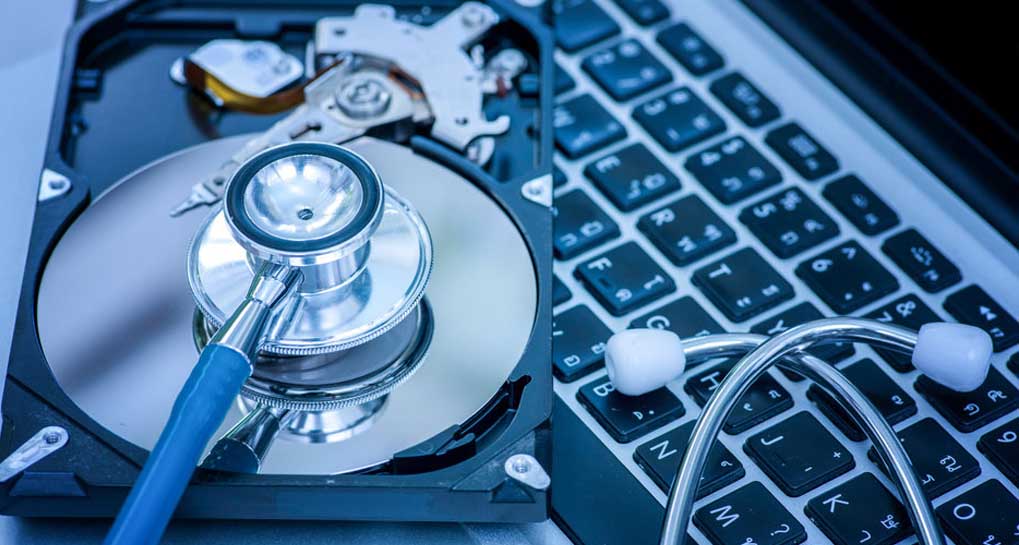
Navigating the Maze: System Upgrade Planning Considerations
Understanding the Need for System Upgrades
In today’s fast-paced technological landscape, the need for system upgrades is inevitable. Whether driven by evolving security requirements, performance enhancements, or the integration of new features, businesses must carefully consider several factors when planning a system upgrade. A thorough understanding of these considerations is paramount to ensuring a smooth and successful transition.
Assessment of Current System Capabilities
Before diving into a system upgrade, it’s crucial to conduct a comprehensive assessment of the current system’s capabilities. This involves evaluating existing hardware, software, and infrastructure to identify strengths, weaknesses, and areas that require improvement. Understanding the baseline is the foundation for planning upgrades that align with the organization’s goals and objectives.
Alignment with Business Objectives
System upgrades should not be isolated technical endeavors; they should align seamlessly with the broader business objectives. Whether the goal is to enhance customer experience, improve operational efficiency, or stay compliant with industry regulations, every aspect of the upgrade plan should contribute to advancing the overall strategic goals of the organization.
Budgeting and Resource Allocation
One of the critical considerations in system upgrade planning is budgeting and resource allocation. Establishing a realistic budget that covers the costs of hardware, software licenses, personnel training, and potential downtime is essential. Proper resource allocation ensures that the upgrade process is adequately supported, minimizing disruptions to daily operations.
Risk Assessment and Mitigation Strategies
Every system upgrade introduces an element of risk. Whether it’s the risk of data loss, system downtime, or compatibility issues, a thorough risk assessment is necessary. Developing robust mitigation strategies and contingency plans is crucial to minimize the impact of potential risks. This proactive approach helps in maintaining business continuity during and after the upgrade.
Stakeholder Communication and Training
Effective communication with stakeholders is often underestimated in system upgrade planning. Keeping all relevant parties informed about the upcoming changes, potential disruptions, and expected benefits is key to gaining their support. Additionally, investing in comprehensive training programs ensures that employees are well-prepared to adapt to the upgraded system, reducing resistance and enhancing overall efficiency.
Testing and Quality Assurance
The importance of thorough testing and quality assurance cannot be overstated in the context of system upgrades. Rigorous testing helps identify and rectify potential issues before the upgraded system goes live. This phase includes testing for compatibility, security vulnerabilities, and performance metrics. A well-executed testing process contributes to a smooth transition and minimizes post-upgrade troubleshooting.
Data Backup and Recovery Plans
System upgrades may involve data migration and manipulation. Having robust data backup and recovery plans in place is essential to prevent data loss during the upgrade process. Regularly backing up critical data ensures that, in the event of unexpected issues, the organization can quickly recover and resume normal operations.
Seamless Transition: System Upgrade Planning Considerations
In conclusion, successful system upgrade planning requires a holistic approach that considers various facets of the organization’s operations. From aligning with business objectives to robust risk assessment and stakeholder communication, each consideration plays a crucial role in ensuring a seamless transition. For more insights on System Upgrade Planning Considerations, visit 800support.org.




